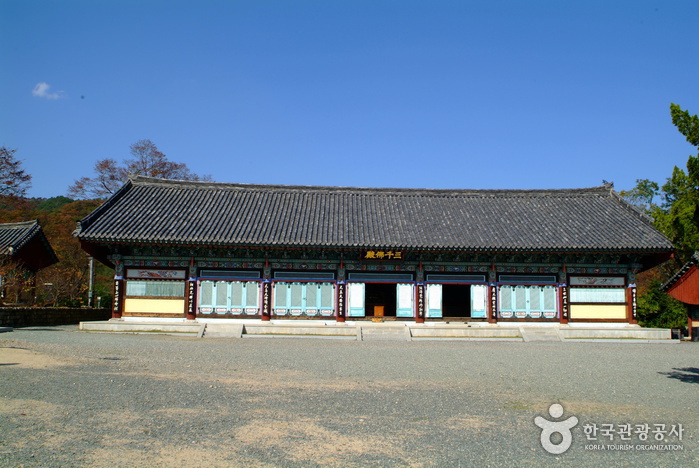Welcome to Girimsa Temple: A Historic Sanctuary in Gyeongju
Welcome to Girimsa Temple, a hidden gem nestled in the mesmerizing Hamwolsan Mountain of Yangbuk-myeon, Gyeongju. As one of the oldest and most revered temples in South Korea, Girimsa offers a captivating journey through history and spirituality. With its origins dating back to the Silla Era, this temple boasts an awe-inspiring collection of buildings and artifacts. Let’s explore the rich history, cultural significance, and natural beauty of Girimsa Temple together.
Discover the Legends and Origins of Girimsa
According to legend, Girimsa Temple was first established by the Venerable Gwang-yu, a sage hailing from India, during the early years of the Silla Kingdom. Originally known as Imjeongsa, the temple underwent extensive renovations by the revered Monk Wonhyo, leading to its current name, Girimsa. While the exact construction date remains a mystery, the temple’s historical significance is indisputable.
Immerse Yourself in the Majestic Beauty of Girimsa
Girimsa Temple is divided into two main areas, each offering its own unique charm and cultural treasures. The first area revolves around the revered Daejeokgwangjeon Hall, home to the enshrined statue of Birojanabul. Here, you will be captivated by the simplicity and grandeur of the architecture, characterized by baeheullim (entasis columns) and a single-tiered gabled roof in Dapoyangsik (Dapo-style). Don’t forget to take a moment to soak in the serene atmosphere and reflect on the centuries of devotion that have taken place within these sacred walls.
The second area is centered around the magnificent 500-year-old bo tree, a majestic fig tree that stands as a testament to the passage of time. This area is home to a wooden pagoda, the Seongbo Museum, Samsingak, Mangbujeon, and Gwaneumjeon halls. As you explore these structures, you will encounter exquisite cultural artifacts and gain insights into the spiritual practices that have shaped the temple’s legacy.
Experience the Legendary Ojongsu
During your visit to Girimsa Temple, don’t miss the opportunity to taste the legendary Ojongsu, a unique water renowned for its diverse flavors. Comprising five distinct tastes, Ojongsu is believed to possess different qualities. Gamrosu, the best for making tea, offers a soothing and refreshing sensation. Hwajeongsu is said to provide comfort to the drinker, while janggunsu is believed to enhance physical strength. Myeongansu is associated with clear vision, and otaksu is said to sparkle so brightly that it attracts birds from far and wide. Although the source of janggunsu was blocked during the Japanese colonial rule, the other flavors continue to flow, delighting visitors with their pure and refreshing qualities.
Discover Golgulsa: The Seonmudo Sanctuary
Located on the way to Girimsa Temple, you will find Golgulsa Temple, famous for its renowned 12 grottos. Originally a hermitage of Girimsa, Golgulsa has evolved into an independent institution and a center for Seonmudo practice in Korea. Seonmudo, an ancient martial art rooted in Zen Buddhism, aims to promote physical and mental well-being. As you explore Golgulsa, you will witness the profound connection between spirituality and physicality through the practice of this unique martial art.
Embark on a journey of cultural exploration, spiritual contemplation, and natural beauty at Girimsa Temple and Golgulsa. Experience the captivating history and cultural significance of these historic landmarks, immersing yourself in the serenity and richness of South Korea’s heritage. Whether you are a history enthusiast, nature lover, or spiritual seeker, Girimsa Temple and Golgulsa will leave an indelible mark on your heart and soul.

